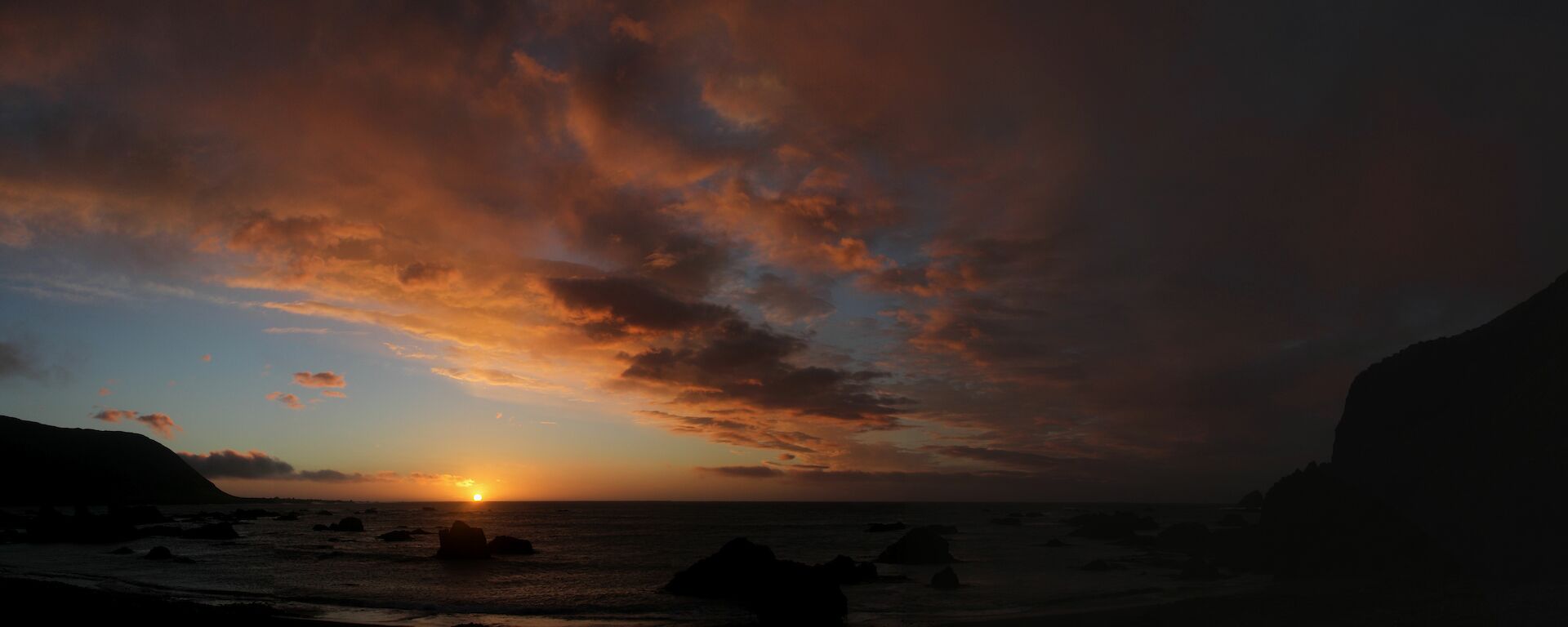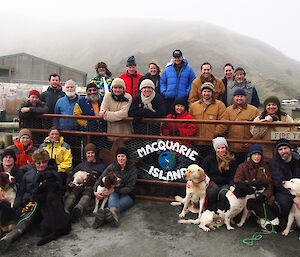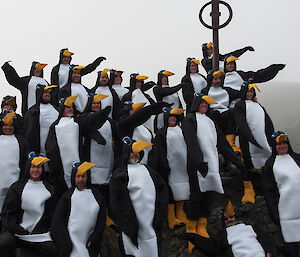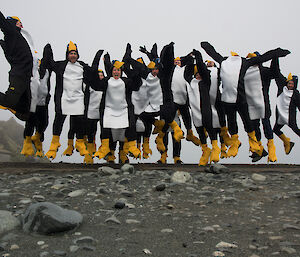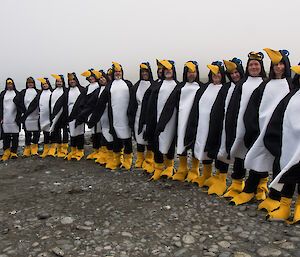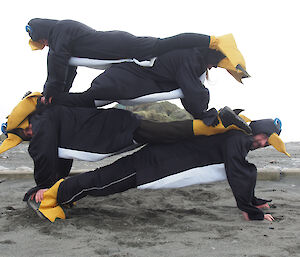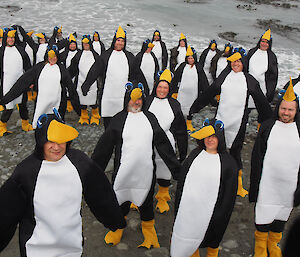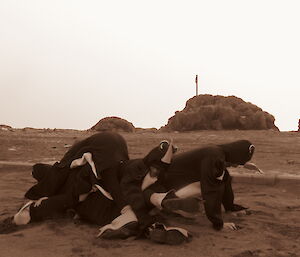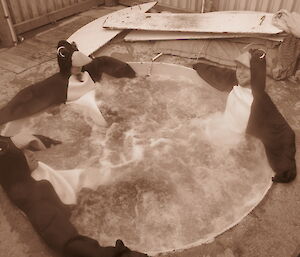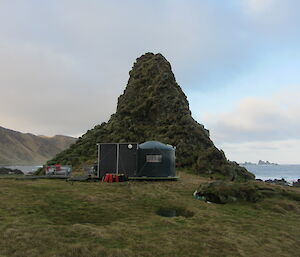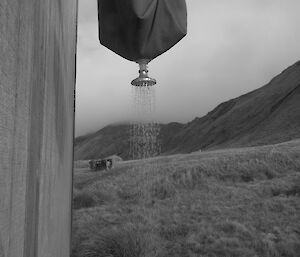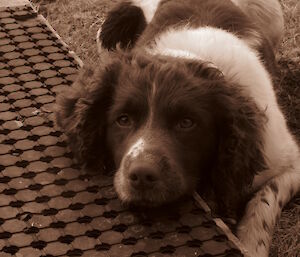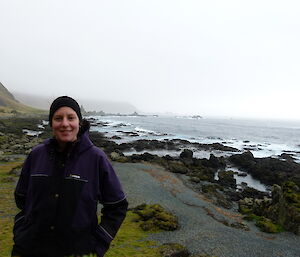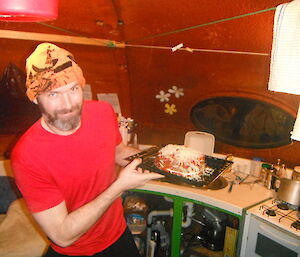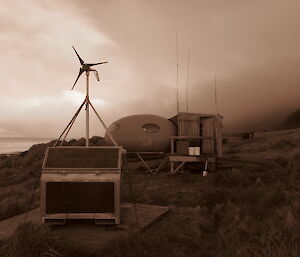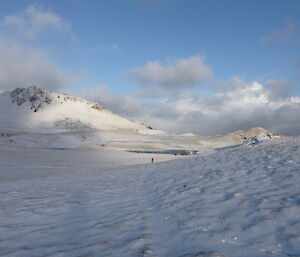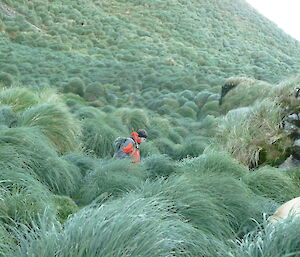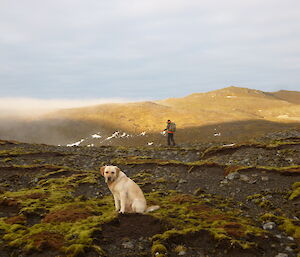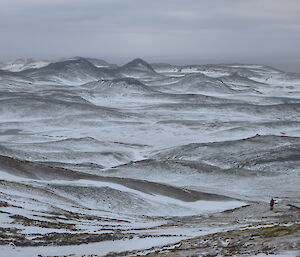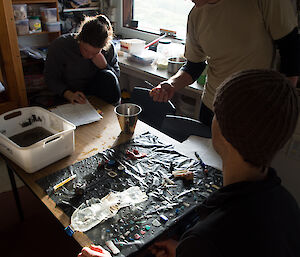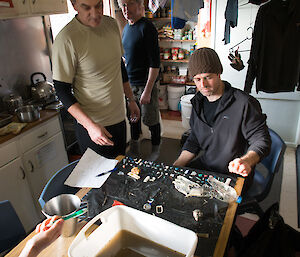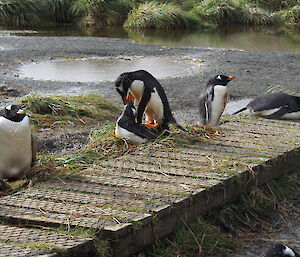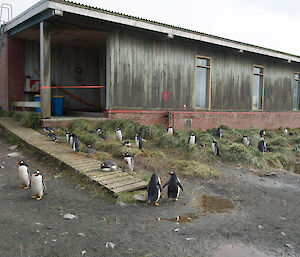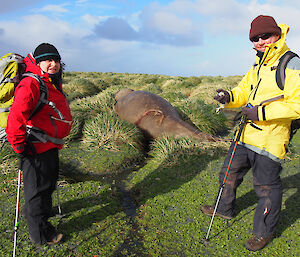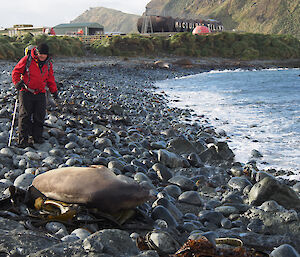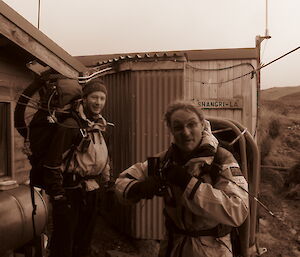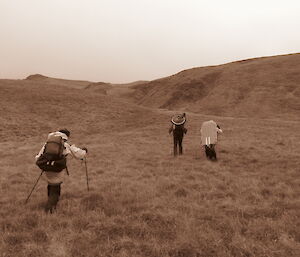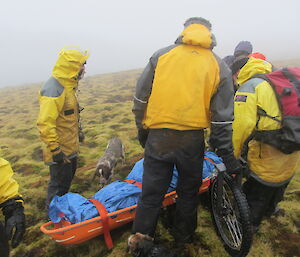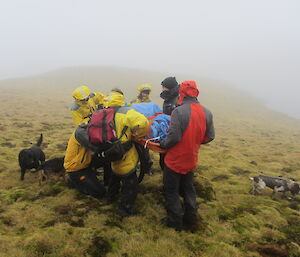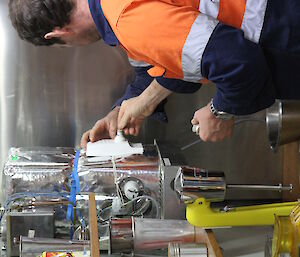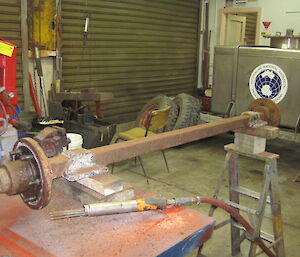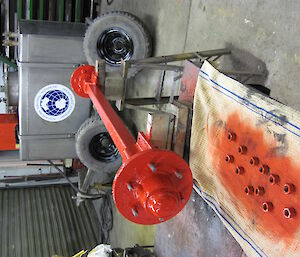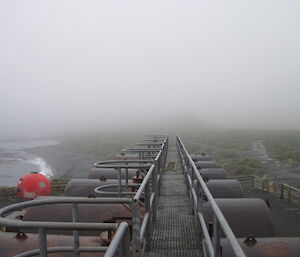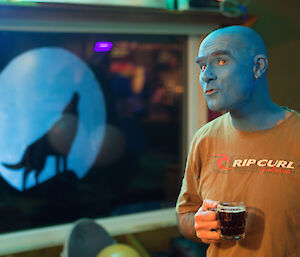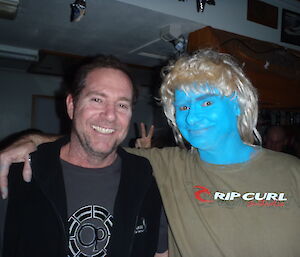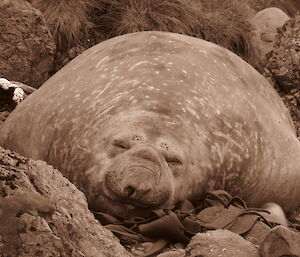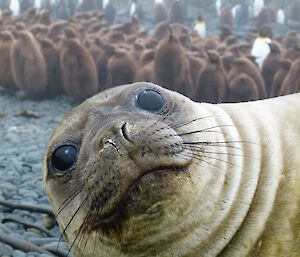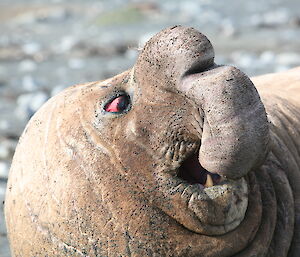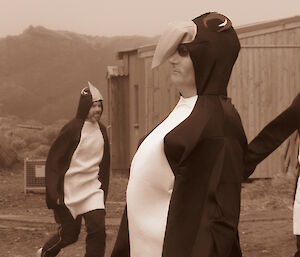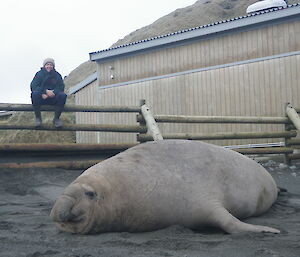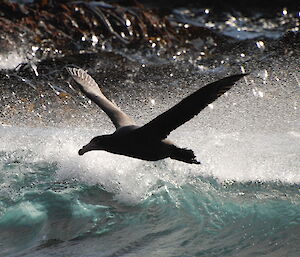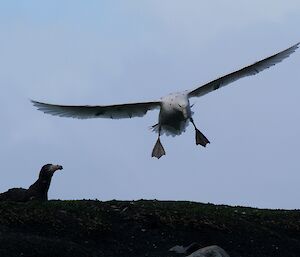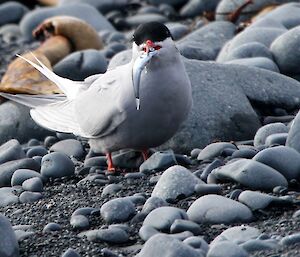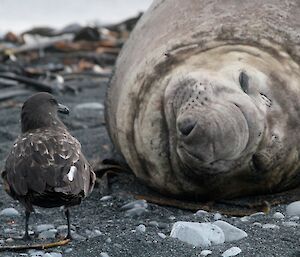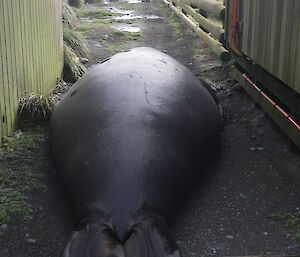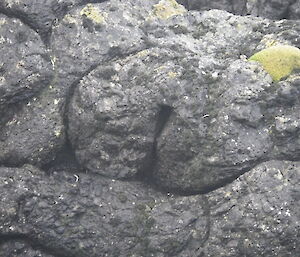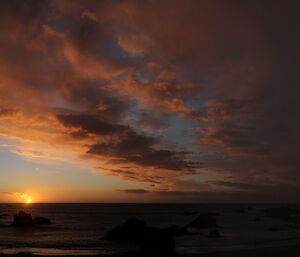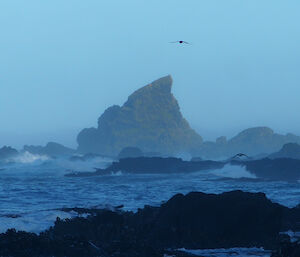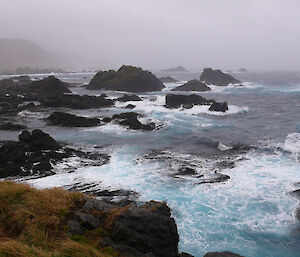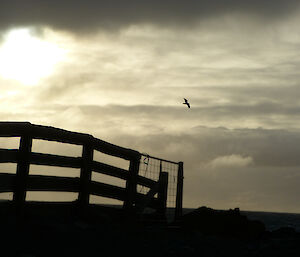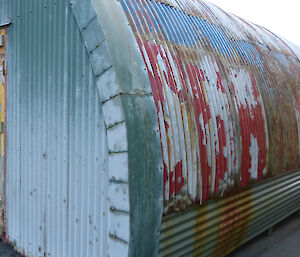The following editorial is from the August Edition of the Macquarie Island Pest Eradication Project Newsletter, published by Tasmanian Parks and Wildlife Service
Winners and losers in vegetation recovery
With each growing season, the vegetation will continue to recover and finding sign of rabbits will be that much harder. It’s also hard to know which rabbit is the last. Progress toward the eradication goal is reviewed annually based on the principle of continuing hunting for two years after the last known rabbit is accounted for. That Macquarie Island is rapidly recovering from the incredible devastation that resulted from the grazing pressure of a rabbit population estimated at greater than 100,000, is indeed heartening, but the question is, how long will it take for a new ecological equilibrium to become established?
Senior ecologist with the Department of Primary Industries, Parks, Water and Environment (DPIPWE), Dr Jennie Whinam, is among those who have seen the island at its worst and are now keenly documenting the recovery. DPIPWE scientists started monitoring the island in the 1980s and are now analysing 30 years of vegetation data up until the beginning of the eradication program. They hope to travel to the island this coming summer and begin recording the vegetation recovery. What was obvious to all who visited Macquarie in recent years was just how bad the island looked as its most charismatic species such as the megaherbs and large tussocks largely disappeared from some areas under intense grazing pressure. What was worse, according to Jennie, was the landscape scale ecological changes.
“The island had changed to a very simple island. It was a much less exciting and complex mosaic of landscapes and vegetation and the specialness of it had gone with the loss of the iconic species,” Jennie said. It had gotten so bad that staff on the island had fenced off known populations of certain species like the prickly shield fern (Polystichum vestitum) in the hope of preserving them for the day when the island was free of rabbits. “At this time the rabbits were so hungry they started burrowing under the fence to eat the rhizomes. What is just so amazing now is that in some areas that weren’t fenced, people are seeing the tiny little fronds starting to unfurl.” While the island started ‘greening up’ within six months of the removal of rabbits, scientists acknowledge that ecological recovery will be a long process.
“The thing about sub-antarctic and alpine environments is that things happen slowly… but the photos I’ve seen so far just bring joy to my heart. With one of the photos sent to me of the native silver leaf daisy, Pleurophyllum hookeri, I realised I’d never seen a landscape of pleurophyllum that didn’t have rabbit damage, so to see an entire hillside of it without a single bit of rabbit damage was very exciting.”
While Jennie is confident that the island will look significantly different in as little as five years’ time, she is mindful of the message from colleagues involved in other sub-antarctic island restoration projects — expect the unexpected. “The sleeper is what will happen with the weeds. There are three weed species on the island and we’re expecting some of them to increase initially and then hopefully decrease as the native species re-establish. What we don’t know is whether there have been new arrivals that have gone unnoticed simply because it’s been very hard for us to identify plants when they were so heavily grazed.
“The initial response will be fast and lush, but it’s likely to be 20 years before we can start talking about what the new ecological equilibrium will be.”
There is a graphic contrast between the lush native vegetation inside the fence and the ‘lawn’ of exotic Poa grass outside. Macquarie Island’s birds such as this grey petrel chick, are also recovering, with significantly increased breeding success.

